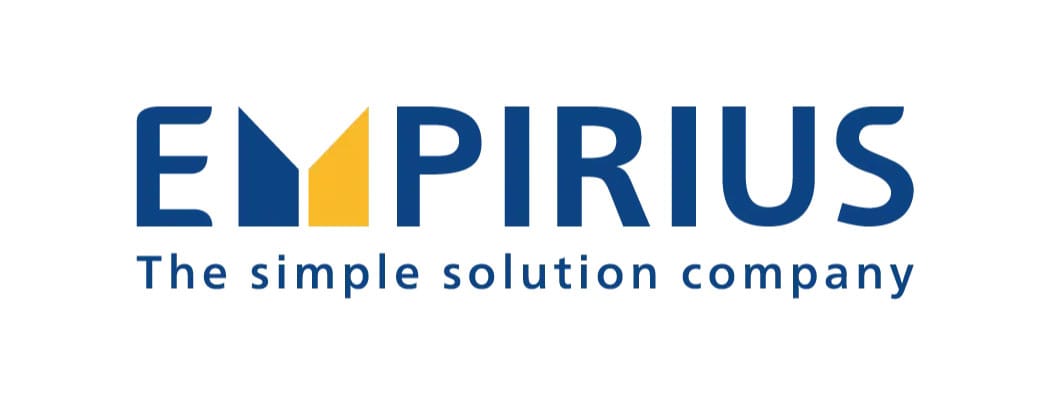Central Point of Management


Many people will certainly remember the days when SAP system copies had to be created mainly by means of manual script programming. This was usually very time-consuming and costly and did not have any digitally stored compliance guidelines. In addition, while some script lists could be used for repeated copies, others could not.
One suite - 12 apps
Over the years, the BlueCopy solution, which was made available to SAP Basis teams by Empirius, has helped to accelerate the pace of SAP Basis automation. Well over 100 well-known companies that use SAP internationally now use BlueCopy. Incidentally, this also includes several SAP/IT service providers with a combined total of several thousand SAP customers.
In the 20th anniversary year of Empirius' corporate activities, the focus has long been on the EPOS solution as a suite or platform in which BlueCopy is integrated. With a total of 12 apps for the automation of various SAP Basis tasks/activities, Empirius provides a powerful suite instead of a single tool on the market. SAP users can find out more about the current version 24.9 of the SAP Basis automation suite and the upcoming innovations at this year's DSAG Technology Days.
But that's not all. On the topic of SAP Basis automation, the DSAG working group "Cloud Infrastructure and Automation" at the Technology Days 2025 will feature a presentation by major SAP user TÜV Süd on the use of the SAP Basis automation suite, including its benefits and experiences. The focus of the SAP Basis automation suite EPOS is that a wide variety of SAP Basis tasks or activities can be executed and managed in a highly automated and efficient manner from a central location. And it does this in a smart way, without any programming work, using a modern, powerful and easy-to-use web UI.
The EPOS apps currently include, for example: SAP kernel update and database update (each with automated system stop and start), SAP Security Notes Management, SAP profile parameter management, SAP software certificate management, compliance management and SAP system copy management.
There is also a reporting app that can be used to call up extensive information or status information on all relevant system components of an SAP system landscape with just a few clicks of the mouse. With the suite, SAP Basis tasks can be scheduled (for example at weekends or at night), but can also be carried out on an ad hoc basis.
As the various automated SAP Basis tasks or activities have a lot to do with management, such a suite can also be described as the "central point of management" for SAP infrastructures and components.
And the benefit?
The following examples illustrate what can be achieved with an SAP Basis automation suite: One customer cited time/staff savings of over 70 percent when using several apps as part of an overall assessment; another was able to achieve a 50 percent reduction in personnel deployment (one system admin instead of two) for regular maintenance work (twice a month); yet another reported that a 70 percent reduction was achieved when creating system copies (standard tasks).
Other aspects of using an SAP Basis automation suite also play a not insignificant role when considering the benefits, such as: high-quality, consistent processes or best practice in SAP Basis; adherence to compliance rules and traceability; a high guarantee that SAP systems and system components of an SAP environment can always be kept up to date and therefore run securely/stably.
Finally, the following report from a user (around 5,000 SAP users) who uses SAP internationally in 24×7 operation is particularly interesting when it says: Due to predefined maintenance windows or planned downtime times, SAP Basis maintenance work such as SAP kernel updates, SAP HANA database updates and OS updates are simply not possible without SAP Basis automation.
Empirius is an exhibitor at the DSAG Technology Days.
To the partner entry:






